Category: Other Livestock
-
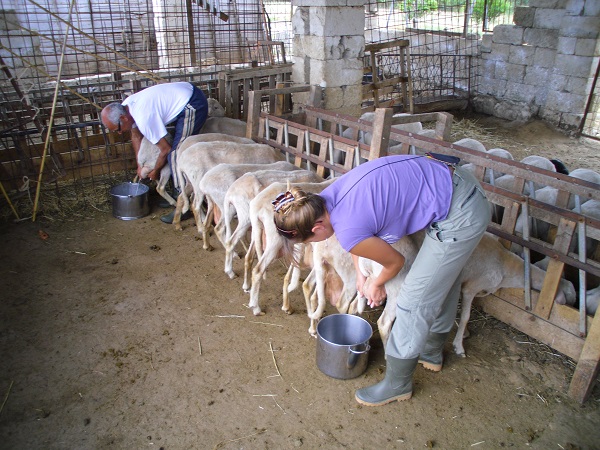
Sheep Milk Offers High Yields and Great Taste
Sheep have been raised for milk for thousands of years and were milked before cows. The world’s commercial dairy sheep industry is concentrated in Europe and the countries on or near the Mediterranean Sea. The dairy sheep industry is in its infancy in the United States. There are approximately 200 dairy sheep farms in the […]
-
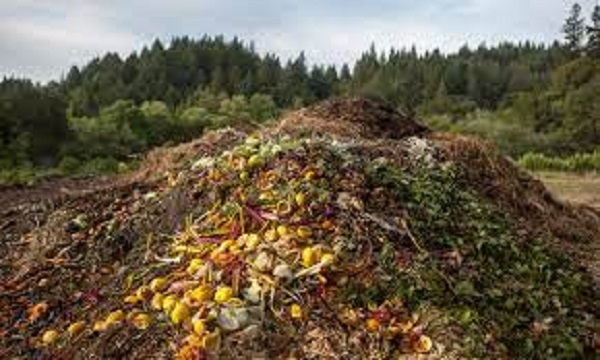
How Proper Composting and Manure Management Helps Your Farm
Composting is one of the most important management items you can do on your farm. There are numerous reasons to do this, and they are all positive. Un-managed manure is a nuisance and can cause problems. Compost is an incredible resource with numerous health and economic benefits. You’ve paid a lot for all the feed […]
-
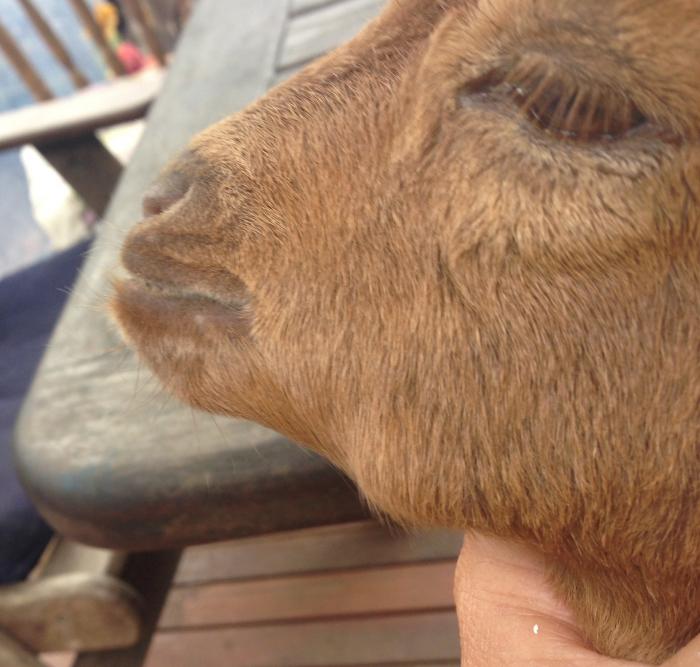
How to Prevent and Treat Goat Abscesses
Abscesses can occur on most animals but are quite common on goats. An abscess is a swelling with a lumpy appearance and will be filled with fluid (pus). They can appear anywhere on the body and many times are not cause for alarm. An abscess can be misdiagnosed and should be seen by a veterinarian […]
-
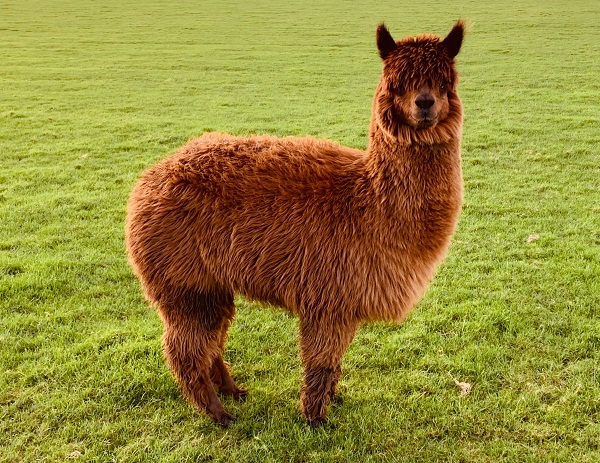
An Alpaca Can Be Both a Farm Animal and a Pet
Alpaca fur, or more correctly, alpaca fiber is one of the primary reasons why people raise alpacas. The fleece is comparable to cashmere and is known best for its softness and luster. In fact, it’s so luxurious, it can even be used to produce lingerie. Alpaca fiber contains no lanolin which makes them hypoallergenic, and […]
-

How to Identify and Prevent Aspergillosis in Birds
When you have a pet bird or other birds around you, like on a farm or in your yard, you might run the risk of developing something called aspergillosis. Bird aspergillosis is a lung infection that comes from a fungus that is found in areas where bird waste has collected, such as compost piles. With […]
-
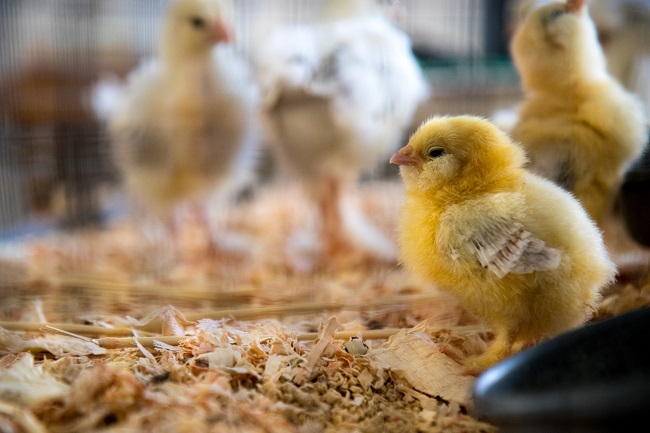
How to Care for Baby Chicks
The main things to attend to for the first 60 days of a chicks’ life are housing, temperature, food and water, cleanliness. Chicks should be kept indoors (or in a heated brooder) until they have their feathers, which appear at about 5-8 weeks. The chicks’ first home is called a “brooder”. For one-time or once-in-a-while […]
-
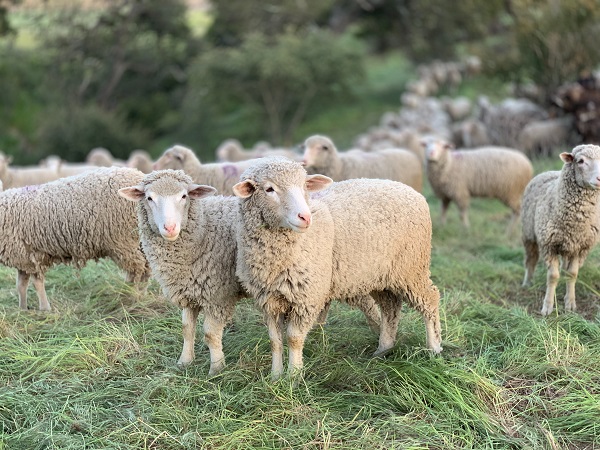
Sheep Are Still Thriving 10,000 Years After Domestication
Sheep is a term for selective grazing animals that may be domesticated or wild. Behaviorally, sheep are gregarious, precocial, defenseless creatures. But what does that mean? Gregarious means that they flock together or like to be with a group. It is rare to see a sheep by itself because of their gregarious nature. Precocial means […]
-
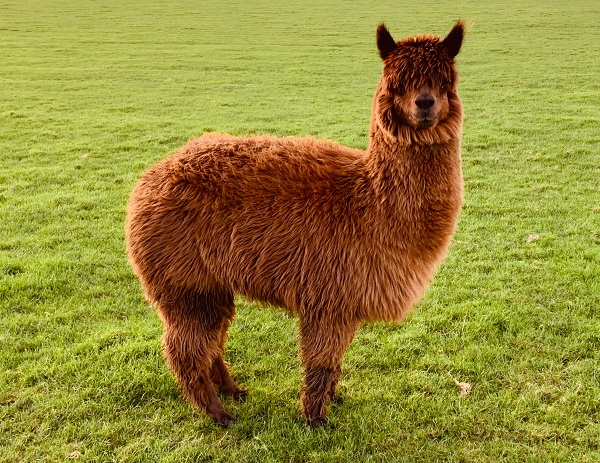
Did You Know This About Llamas and Alpacas
Many prominent people, including William Randolph Hearst, imported llamas to the U.S. in the late 1800s and early 1900s. Since the mid-1970s, the animal has gained popularity. The alpaca was first imported to the United States in 1983. Ninety-nine percent of all alpacas reside in South America. There are two types of alpacas, the Huacaya […]
-
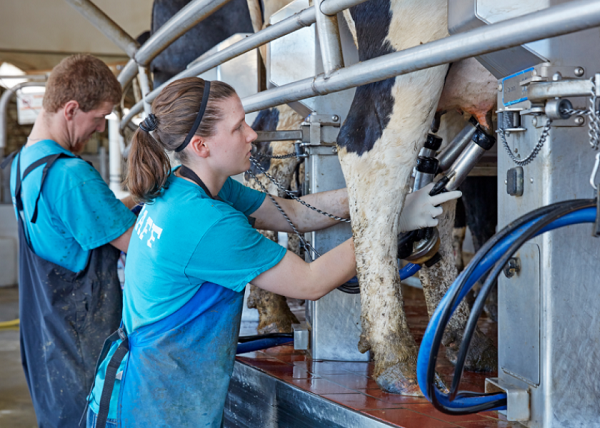
Proper Prepping of Dairy Cattle Leads to Better Milk Production
The little things we do during milking time have a profound effect on udder health and milk quality. It is important to remember that every quarter of every cow must be prepped for milking the same way by every milker at every milking. Specifics of milking procedures may vary from farm to farm. For example, […]
-
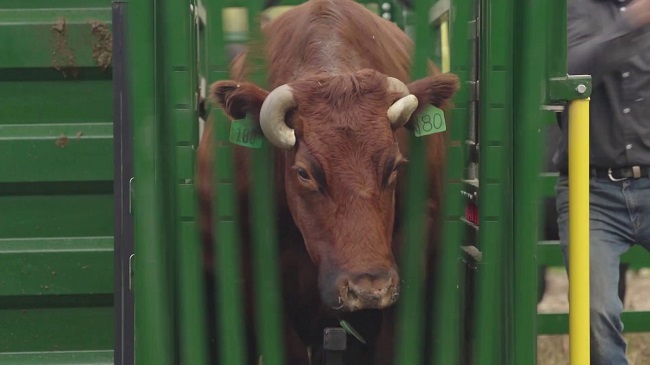
Proper Handling of Cattle Leads to a Healthier Herd
It is very dangerous to restrain or move cattle when all you have is a rope and a tree. Many producers, unfortunately, have only these rudimentary tools available to handle their cattle. Some producers may have better facilities, but they are often grossly inadequate for safe and efficient cattle handling. As a result, deworming, vaccinating, […]